New observations suggest that the unexpected dimming of the supergiant star was most likely caused by a dust cloud that blocked starlight coming from the star’s surface.


New observations suggest that the unexpected dimming of the supergiant star was most likely caused by a dust cloud that blocked starlight coming from the star’s surface.
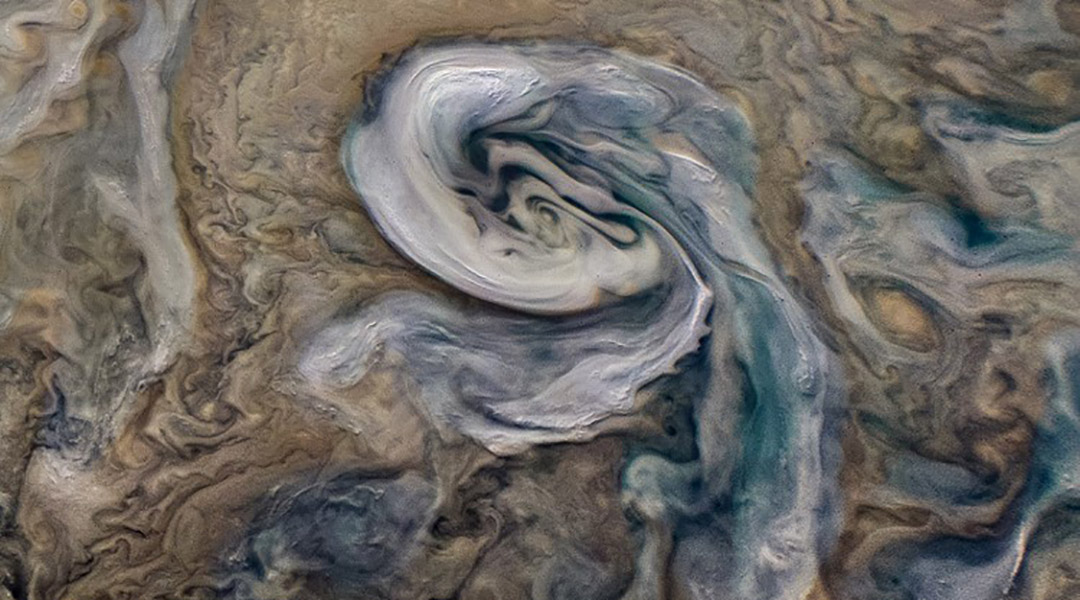
Ammonia sparks unexpected shallow lightening on Jupiter.

Researchers have concluded that early Martian landscape probably looked similar to this image of the Devon ice cap.
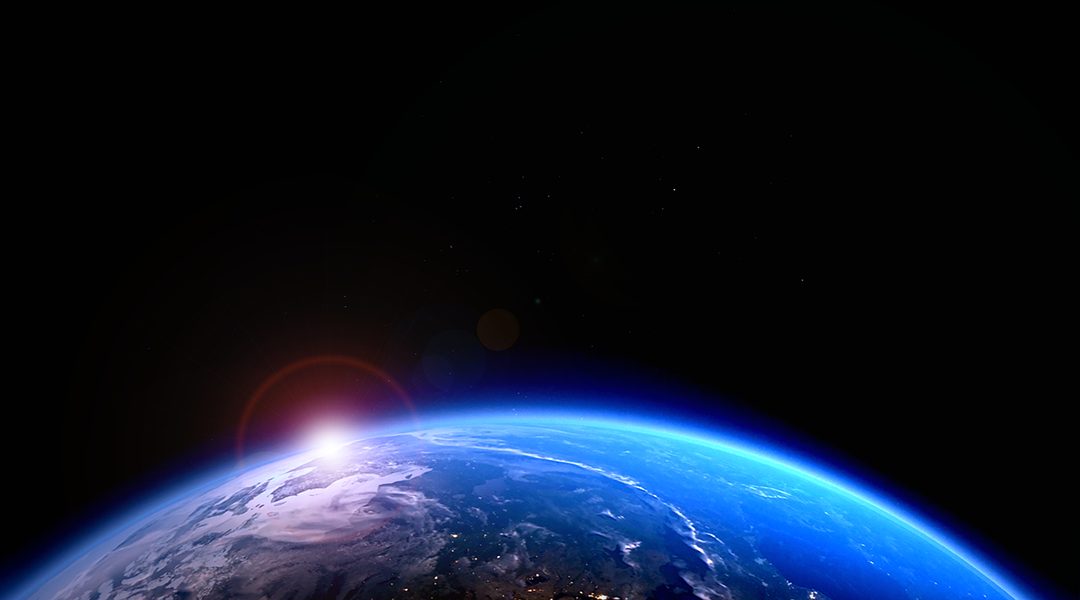
What is the maximum number of habitable planets for a star, and what does this mean in our search for extraterrestrial life?
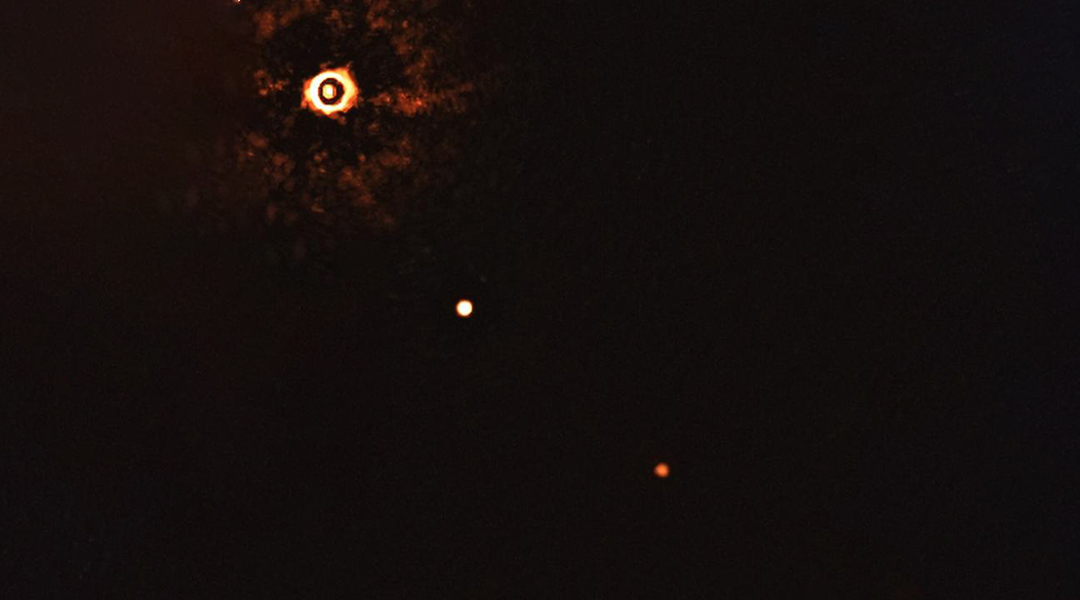
In a rare occurrence, astronomers have directly observed more than one planet orbiting a star similar to the Sun.

Generations into a journey, travelers may find it difficult to understand their earth-bound compatriots.
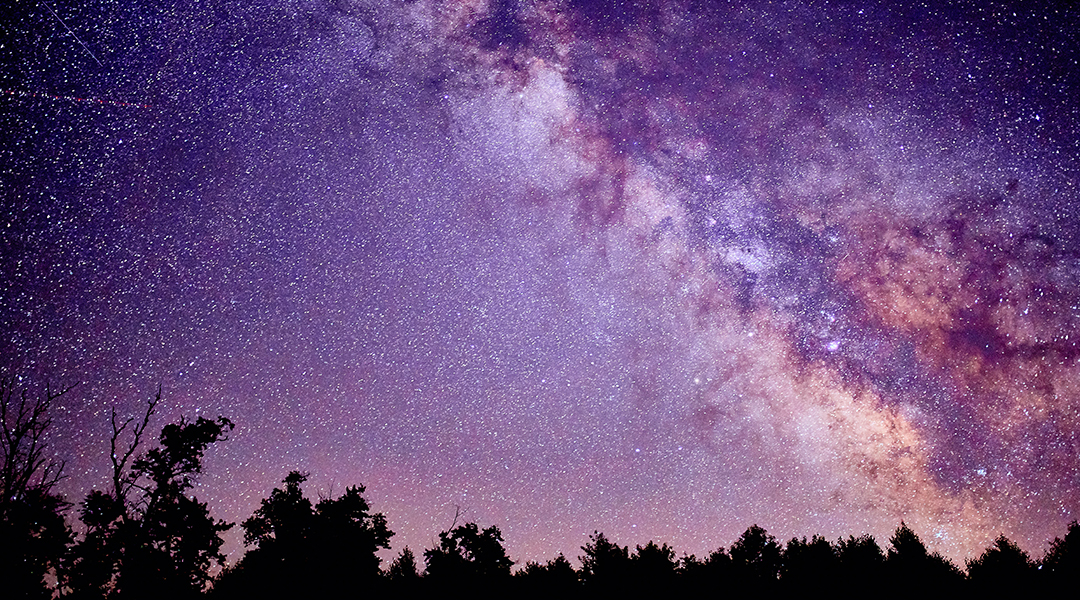
Plate tectonics are important for habitability, and it appears that the optimum conditions existed for planets forming early in the galaxy’s lifespan … and may be unlikely to easily recur.
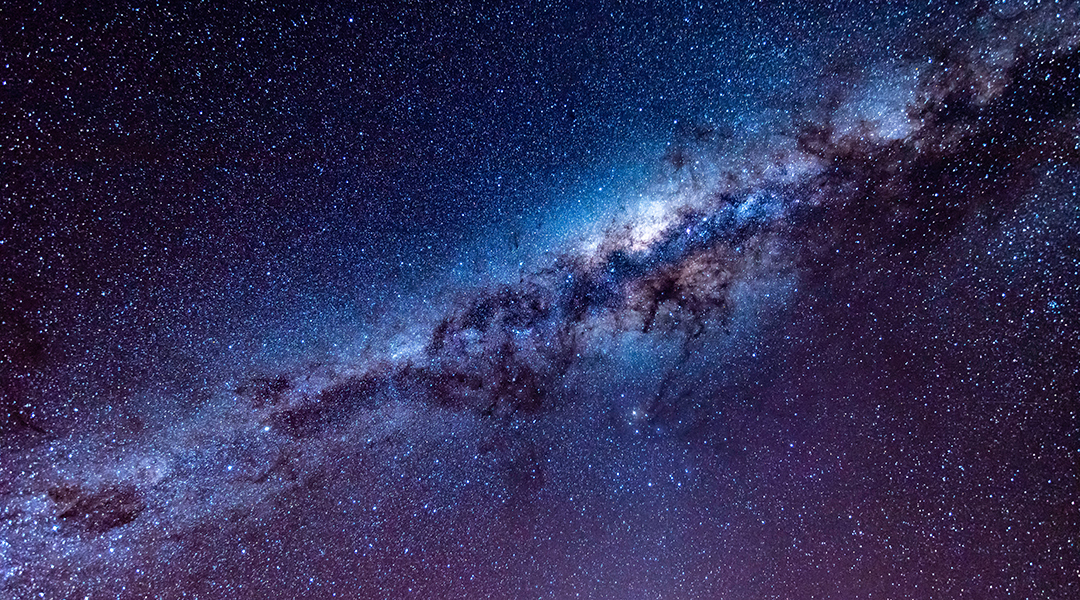
Research sheds new light on our hope of finding intelligent life across the galaxy.
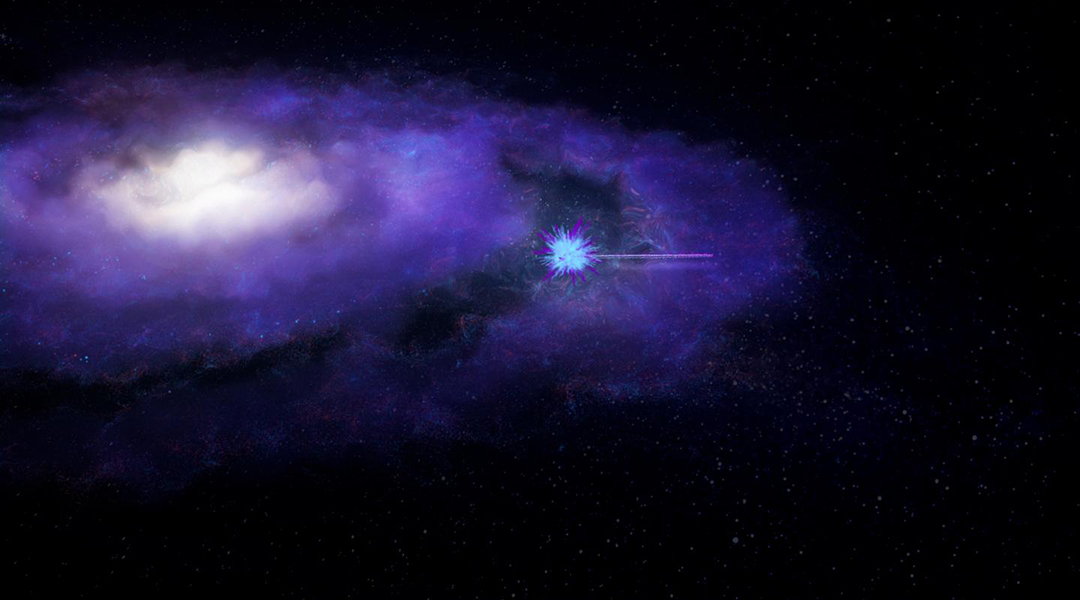
Bright bursts of radio waves help astronomers locate a type of matter that researchers have been searching for for the past 30 years.
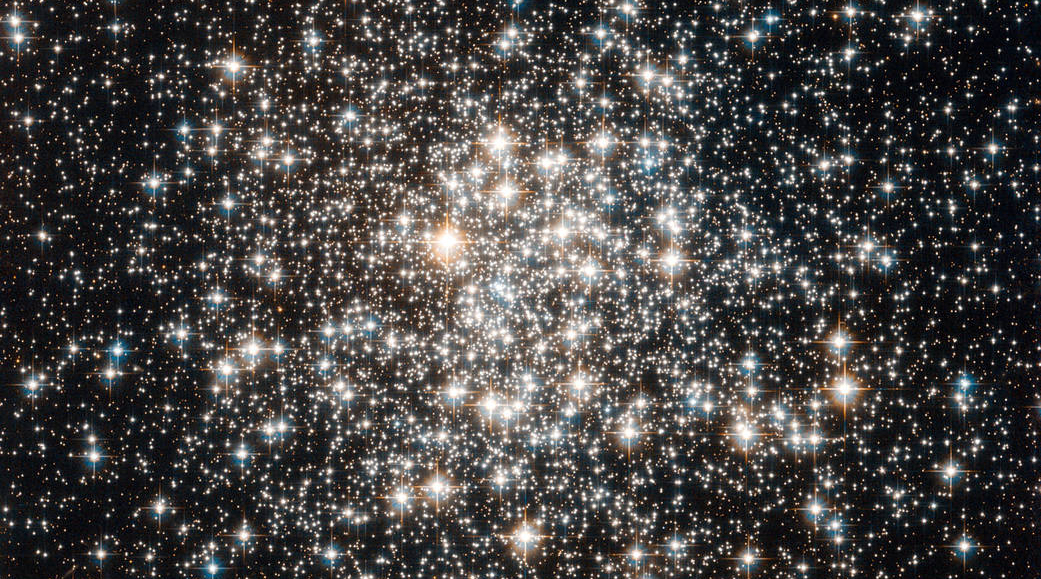
Through the noise, a class of stars reveals its inner workings; poor ‘social distancing’ identified using NASA space telescope